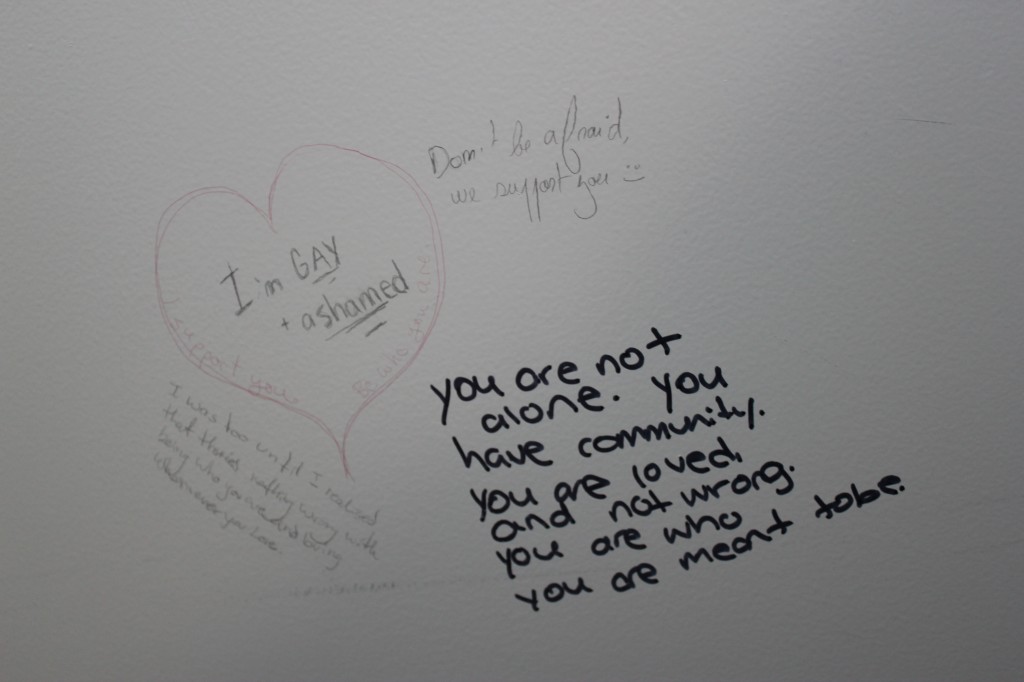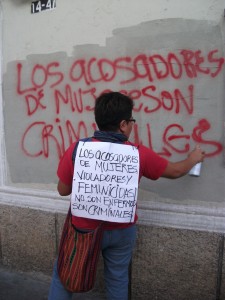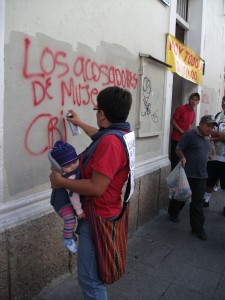Unlike the majority of expressive graffiti which is often malicious, hostile and of aggressive opinion, the art work that I came across is a refreshing take on the use of the art form. The graffiti scene is dedicated to a soldier that has passed away, as it surrounds a plaque reading “Rest in Peace Frank N. Brien.” The tone of the dedication is absolutely serene and peaceful, depicted by a calm deer in a semi-lit up forest.
The compassionate use of graffiti for dedication and memoriam is not quite a novel idea, as dedicated, religious graffiti has been used in ancient times, dating back to the 2nd-3rd centuries A.D., in the form of prayers (Naveh, 1979, p. 27). Specifically focusing on graffiti use in the Middle East, Naveh finds that the prayers were used to ask for blessings for the inscriber himself/herself, or for a loved one who may have passed. Despite not being a common sight that we see today, this information stresses the fact that graffiti has been a significant way to express remembrance and blessing for centuries long.
The reason behind why we may not see so much dedicated graffiti today may be because it has changed in form and purpose. During the past few decades, when people write names through graffiti, it is usually dedicated to themselves, typically used to eternalize themselves or to commemorate a visit to that specific spot (Naveh, 1979, p. 27). This shows that dedicational graffiti is not only drawn for those who have passed, but transformed to encompass wider uses, including celebrating oneself.
By Emma Wong
Naveh, J. (1979). Graffiti and dedications. The American Schools of Oriental Research, 235, 27-30.
For Discussion: Do you think that it is vain or justified for people to “celebrate/commemorate themselves” through graffiti?





